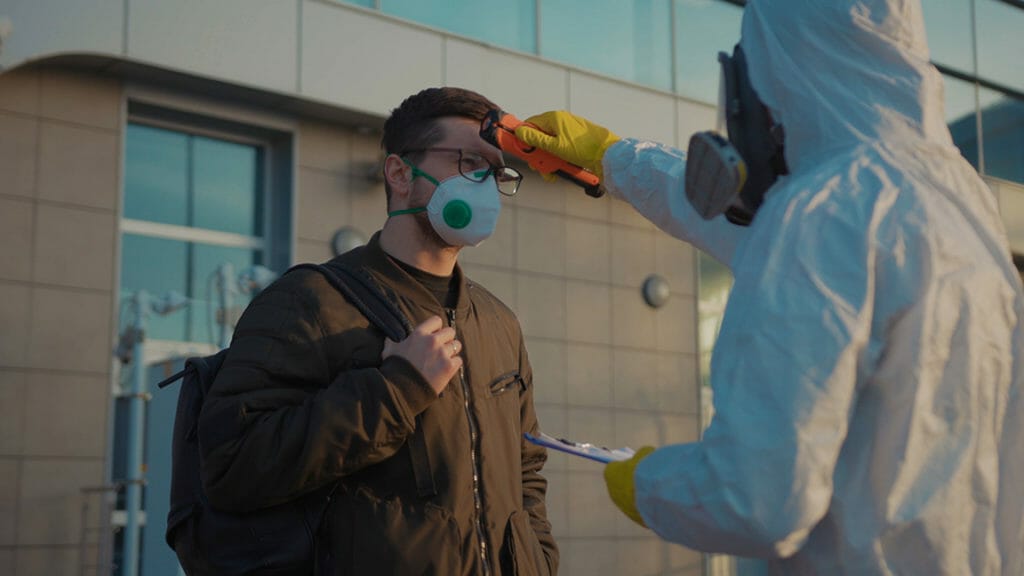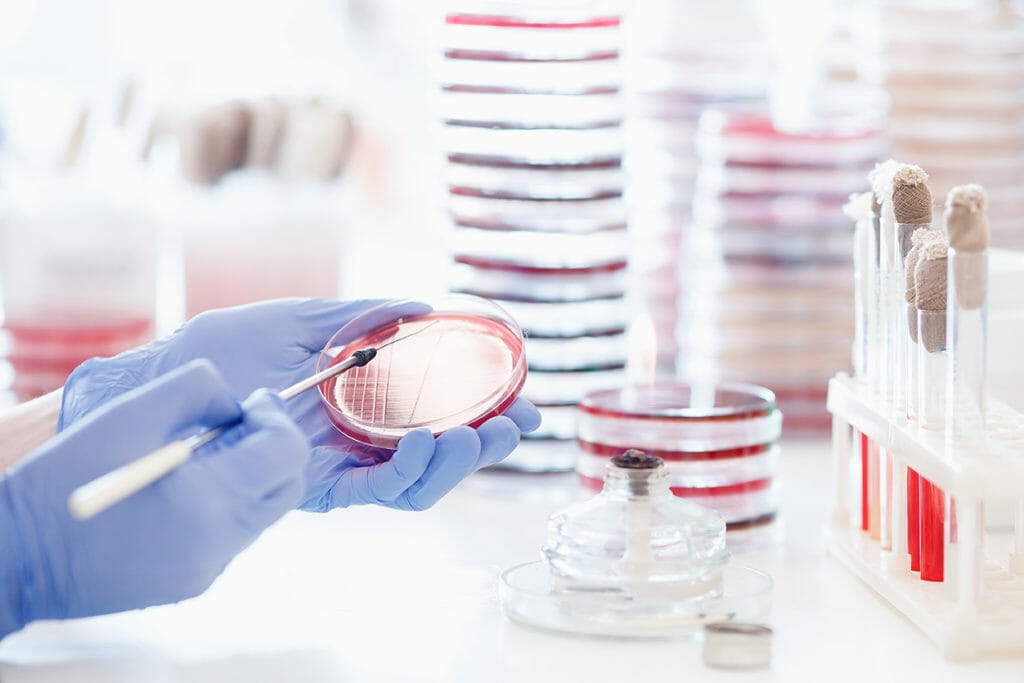The UK government has set up a new Taskforce in an attempt to inject some life into the travel and aviation industry. The intention here is to avoid the lengthy quarantine time periods required when anyone arrives in the UK, by introducing a Covid-19 testing system. The government will no doubt explore all the different options, and likely to be mindful of the public wallet, but travel companies will push for a comprehensive testing system that infers a high level of confidence for travellers. We will know more by November.

Infectious disease and testing
The challenge for everyone either resisting or managing a SARS-CoV-2 related infection appears to centre around the ability to determine the validity of the data sets used, and those that are available. Most people, until the last few months, have had very little contact with the use of testing for infectious diseases. Most people are dealing with the adverse consequences of non-infectious diseases, the ones that dominated global health news until just recently.
Infectious disease specialists it seems were wheeled out for short-term fearful and nerve-wracking infectious agents such as Ebola and SARS, but then disappeared to their labs or areas of investigation.
Perhaps not appreciated was the wide range of sampling and evaluations needed to build an understanding of reservoir sources and amplifiers, zoonotic infections and transmissibility. If you wish to read a compelling narrative on infectious disease consider reading Spillover by David Quammen, it’s a ripping read and will help qualify some of the challenges. Also recommended reading is the grimly fascinating Pale Rider by Laura Spinney, the “Spanish Flu” and how it changed our world and continues to shape it today.
How does testing work?
Understanding the relative distribution and risk associated with infection requires testing, yet there is currently no reliable measure of the SARS-CoV-2 infection rate in any population globally. Because case numbers confirmed as polymerase chain reaction (PCR) swab test positives depend upon the availability of testing capacity and the vagaries of testing policy and application, which varies substantially over time and by location.
You see PCR tests suffer from a considerable percentage (20%-30%) of false negatives arising from poor testing technique and the timing of testing. They are exquisitely sensitive and can produce false-positive results as they cannot distinguish between viable virus in the recently infected individual who may be asymptomatic but who is infectious to others and shedding virus, and non-viable viral fragments present in an asymptomatic individual who has recovered from an infection.
As a consequence, this can lead to misidentification of a recovered case, no longer infectious, or an infectious case. Case numbers alone are consequently of little use for making comparisons.

Antibodies
Furthermore, the estimation of those who have been infected by SARS-CoV-2 based on serological testing for antibodies has been limited by early unavailability of reliable antibody tests (during epidemic peaks) and poor test performance. Importantly, it is well known that antibody concentrations wax and wane with time in individuals depending upon the time course of their infection, health age and immune function, and also in the proportion of infected individuals in the population testing positive, depending upon the time course of the epidemic in that population.
Antibody levels can take days or weeks after infection to become measurable, if at all, and can then decline rapidly and be undetectable some weeks after the infection. (This does not, however, mean that such individuals’ immunity has necessarily declined.) This time-dependence has been a major issue resulting in false positive and false negative tests that can be very misleading when making comparisons at different times and stages in the course of the infection in individuals, and the course of the epidemic in the population.
Antibody prevalence in the population is typically low (1%-3%) before the epidemic peaks, at which time it is much higher (20%-50%), and then declines rapidly after the peak (below 5%). For this reason, epidemiological surveys conducted outside of the peak will often underestimate the true picture and this leads to varying and confusing data from which important decisions have to be extrapolated.
Measuring the impact
One metric to try to determine the progress of SARS-CoV-2 through the population and related impact has been to measure excess deaths. This metric refers to weekly deaths over and above what would be expected based on the average of deaths over the past several years for that week. Excess deaths, irrespective of their causes, are only available for a few, mainly developed, countries. They represent a gold standard of measurement for Covid-19 deaths and constitute an upper limit on the real number of Covid-19 deaths during the epidemic period. Rates per 100,000 of the population make the figures comparable across different countries.

On that basis – the UK is not doing very well with SARS-CoV-2 accounting for 2.2% of all deaths in England and Wales, according to the ONS (as at end of Sept 2020). The data indicates that non-pharmaceutical interventions (NPIs), specifically lockdowns, may delay the surge, depending upon their severity level and timing but not stop the eventual population exposure. Meanwhile, the virus propagates differently according to population density, travel networks, popularity of destination, and variably effective measures to reduce the impact of the virus, including lifestyle and nutrient status.
Personal and Herd Immunity
Clearly, immunity at both individual and population levels has proved very difficult to measure. Yet immunity there must be, otherwise there would be no recoveries, and the epidemic would not wane in countries that have not implemented NPIs. Relying only on SARS-CoV-2 antibody presence or absence as a determination of immunocompetence may be inadequate, as it excludes innate immune defences and prior exposure to similar viral triggers.
Due to the current availability of testing (PCR), unlike the early days where testing capability was more limited, many asymptomatic and mildly affected cases are now being found among the younger, healthier sections of populations, with a lower risk of severe disease. As has been extrapolated, age is the largest determination of risk of a severe outcome.
These individuals are busily building population immunity to herd immunity levels in these sections of the population through increased socialisation after lockdown, reintegration in the workplace and attendance at educational institutions. Others at higher risk are likely to have changed their behaviours and shielded more carefully, while improved medical interventions have resulted in lower death rates even for those at increased risk. This should prevent death surges anywhere near as substantial as the first wave in localities that have experienced either early or delayed mature epidemics.
There is also a greater awareness of the personal immune benefits appropriate food and supplement choices can make, with Vitamin D and Zinc being included in President Trumps miraculous cure protocol just recently!
Whilst herd immunity may be developing its potential, it is being lost in the noisy data. It is quite possible that as more numbers are collated we will see countries that have followed a more lax restraint on social integration benefit in the medium to long term in immune development, but how this translates over time, is yet to be uncovered.
What have we learnt?
It’s this: early introduction of — and compliance with — methods that are known to reduce potential virus exposure can have a tremendous and measurable impact on the containment of an epidemic, including as previously discussed wearing of masks to induce variolation. Subsequent staged exposure may then allow for population immunity to develop, but this would be enhanced via immune-nutrition, stress management and clear public health messaging.







